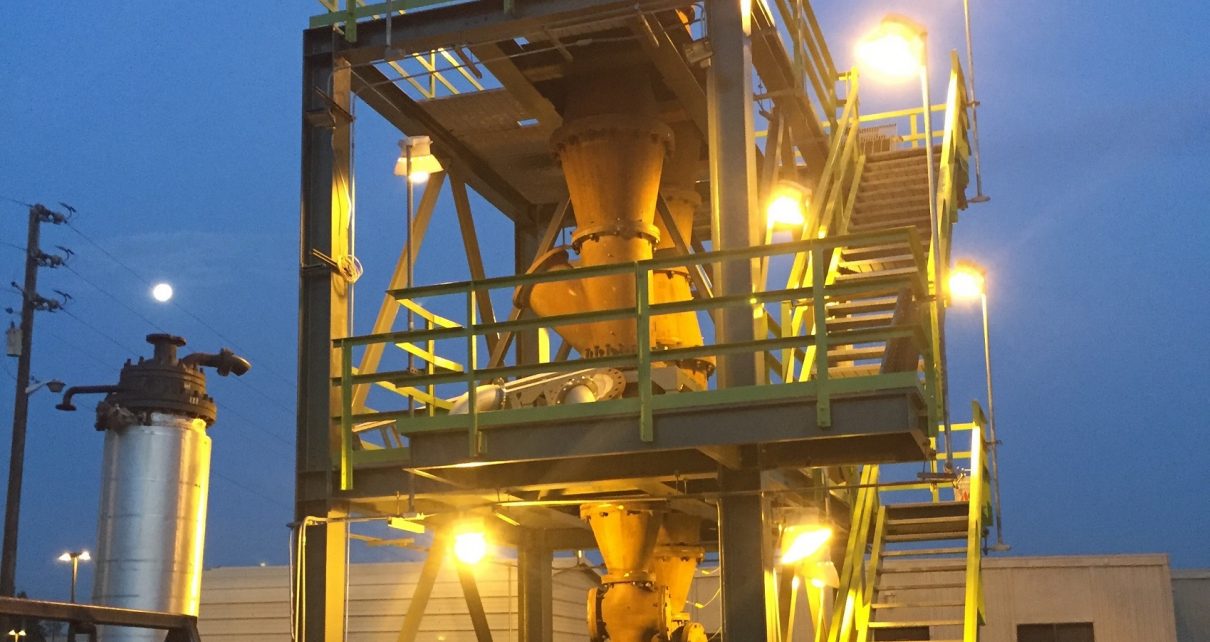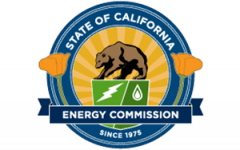
Natural gas production. (Photo: ucr.edu)
California Natural Gas Pipeline Safety
The Public Utilities Commission is responsible for regulating, enforcing intrastate gas pipeline transportation and pipeline facilities
By Chris Micheli, August 17, 2022 7:10 am
California has numerous formal acts in statute. Public Utilities Code Division 1, Part 1, Chapter 4.5, Article 2 provides the Natural Gas Pipeline Safety Act of 2011, which is contained in Section 955 to 972. Section 955 names the act.
In addition, the Public Utilities Commission (PUC) is the state authority responsible for regulating and enforcing intrastate gas pipeline transportation and pipeline facilities, including the development, submission, and administration of a state pipeline safety program certification for natural gas pipelines.
Section 955.5 provides definitions for the following terms: “gas pipeline”; “hospital”; and, “school.” In addition, a gas corporation must provide not less than three working days’ notice to the administration of a school or hospital prior to undertaking nonemergency excavation or construction of a gas pipeline, excluding any work that only uses hand tools, pneumatic hand tools, or vacuum technology for the purpose of marking and locating a subsurface installation, if the work is located within 500 feet of the school or hospital. The notification must include specified information.
Section 956 required the commission to open an appropriate proceeding or expand the scope of an existing proceeding to establish compatible emergency response standards that owners or operators of commission-regulated gas pipeline facilities are to be required to follow for intrastate transmission and distribution lines.
The commission must establish the standards to ensure that intrastate transmission and distribution lines have emergency response plans that adequately prepare them for a natural disaster or malfunction that could cause injury to human life or property, with the purpose of minimizing the occurrence of both.
Section 956.5 requires owners and operators of intrastate transmission and distribution lines, at least once each calendar year, to meet with each local fire department having fire suppression responsibilities in the area where those lines are located to discuss and review contingency plans for emergencies involving the intrastate transmission and distribution lines within the jurisdiction of the local fire department.
Section 957 requires the commission, unless it determines that it is prohibited from doing so by federal law, to mandate the installation of automatic shutoff or remote-controlled sectionalized block valves on both of specified facilities, if it determines those valves are necessary for the protection of the public. The commission is required to authorize recovery in rates for all reasonably incurred costs incurred for implementation of the requirements of this section.
Section 958 requires each gas corporation to prepare and submit to the commission a proposed comprehensive pressure testing implementation plan for all intrastate transmission lines to either pressure test those lines or to replace all segments of intrastate transmission lines that were not pressure tested or that lack sufficient details related to performance of pressure testing.
The comprehensive pressure testing implementation plan must provide for testing or replacing all intrastate transmission lines as soon as practicable. The comprehensive pressure testing implementation plan must set forth criteria on which pipeline segments were identified for replacement instead of pressure testing. The plan must also include specified information. And, at the completion of the implementation period, all California natural gas intrastate transmission line segments must meet specified criteria.
Section 958.5 requires, twice a year, each gas corporation to file with the division of the commission responsible for utility safety a gas transmission and storage safety report. The division of the commission responsible for utility safety must review the reports to monitor each gas corporation’s storage and pipeline-related activities to assess whether the projects that have been identified as high risk are being carried out, and to track whether the gas corporation is spending its allocated funds on these storage and pipeline-related safety, reliability, and integrity activities for which they have received approval from the commission.
Section 959 requires each gas corporation to demonstrate to the satisfaction of the commission, in its general rate case proceeding, that the requested revenue requirements will be sufficient to enable the gas corporation to fund those projects and activities necessary to maintain safe and reliable service and to meet federal and state safety requirements applicable to its gas plant, in a cost-effective manner.
Section 960 requires the commission to provide, when the federal National Transportation Safety Board (NTSB) submits a safety recommendation letter concerning gas pipeline safety to the commission, the NTSB with a formal written response to each recommendation not later than 90 days after receiving the letter. The response must state one of the specified conditions.
Section 961 provides the definition of “gas corporation workforce.” In addition, each gas corporation is required to develop a plan for the safe and reliable operation of its commission-regulated gas pipeline facility that implements the specified policy, subject to approval, modification, and adequate funding by the commission.
The plan must be consistent with best practices in the gas industry and with federal pipeline safety statutes, how the gas corporation will implement the policy established, provide opportunities for meaningful, substantial, and ongoing participation by the gas corporation workforce in the development and implementation of the plan, with the objective of developing an industrywide culture of safety that will minimize accidents, explosions, fires, and dangerous conditions for the protection of the public and the gas corporation workforce.
Section 963 defines the following terms: “after-meter services”; “basic gas service”; “metering services”; and, “revenue cycle services.” In addition, the Legislature made three findings and declarations, including that it is the policy of the state that the commission and each gas corporation place safety of the public and gas corporation employees as the top priority. The commission must take all reasonable and appropriate actions necessary to carry out the safety priority policy of this paragraph consistent with the principle of just and reasonable cost-based rates.
Finally, the commission must mandate each gas corporation to provide bundled basic gas service to all core customers in its service territory unless the customer chooses or contracts to have natural gas purchased and supplied by another entity.
Section 969 provides that, in any ratemaking proceeding in which the commission authorizes a gas corporation to recover expenses for the gas corporation’s transmission pipeline integrity management program, the commission must require the gas corporation to establish and maintain a balancing account for the recovery of those expenses.
Section 970 requires the commission to perform an analysis of benchmark data and adopt safety performance metrics for pipeline safety. In addition, the commission is required to consider specified principles when adopting safety performance metrics.
Section 972 provides that a penalty assessed against a gas corporation pursuant to this part in regards to a natural gas storage facility leak must at least equal the amount necessary to reduce the impact on the climate from greenhouse gases by an amount equivalent to the impact on the climate from the greenhouse gases emitted by the leak from the natural gas storage facility, as determined by the State Air Resources Board.
In determining the amount necessary to fully offset the impact on the climate from the gases emitted by the leak, the commission is required to consider the extent to which the gas corporation has mitigated, or is in the process of mitigating, the impact on the climate from greenhouse gas emissions resulting from the leak.
- New Trials in California - January 5, 2026
- Property of Unincorporated Associations - January 5, 2026
- Fourth Quiz on Where Areas of Law Are Found in the California Codes - January 4, 2026





Way to go CPUC! Raise the costs again for all CA by claiming “safety” for no particular reason other than “gas leak climate something, you know the thing”. These are the “brilliant” dipwads running the state?